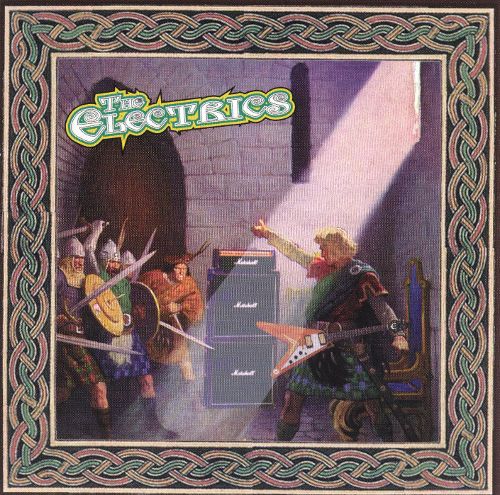I love a good story. I especially love a good story when it’s really well told. But I get the most excited when I encounter a good story that’s told well in a way that’s new to me.
On a recent family trip, we stopped to visit Meow Wolf in Santa Fe. I had lobbied to make it a point of call for us on the strength of a scant few facts: it had enlisted dozens of artists to create a fun house for adults, and it had $3.5 million of George RR Martin’s “Game of Thrones” fortune behind it. The nutritious vegetables of art combined with the delicious cheese sauce of lasers, arduinos, and black lights? Yes, please.
What I didn’t realize until we arrived and began exploring was that there’s a coherent narrative that underlies all of the mad, divergent installations that fill the House of Eternal Return’s 20,000 square feet. The story of an Orwellian totalitarian society, a family of experimenters, and an immortal hamster is told by means of pictures, a clothes dryer you crawl through, interactive exhibits, diaries and notebooks, and newspaper articles. Exploring the vast, dizzying space while stumbling across clues as to what happened to this family and where it lead them was one of the most engaging narrative experiences I’ve had in a long time. (Caveat: when at peak capacity, it becomes tough to fend off the jostling crowds enough to dig into the storyline. The “Blue Man Group has a rap battle with Burning Man while Tim Burton judges” vibe is still terrific, though.)
While not everyone has a taste for this sort of creative weirdness, I love it when storytellers try new things. If you’re a fan of this sort of thing, here for you are a few of my other favorite stories told in unusual ways:
The Skin of Our Teeth
Thornton Wilder’s “The Skin of our Teeth” was the first play I remember seeing where the characters of the play address the audience directly, and the world of the story gets thoroughly mixed with the world of the play’s production. It blends the silly, serious, and sublime irresistibly. When I saw it for the first time in High School, it was one of the most emotionally affecting experiences I’d had up to then, even 40 years after it won its Pulitzer Prize. It gets produced from time to time on both amateur and professional stages; keep your eyes open for it!
Device 6
“Device 6” is a narrative game that runs on iOS devices. While largely prose based and story driven, it does weird and wonderful things with the text that wouldn’t be possible in a more traditional medium: turning words of the story itself into a map of the protagonist’s travels, blending beautifully-produced audio into the game’s puzzles, and having the soundtrack’s composer make an appearance in-game. It’s well worth the purchase if only to see the fascinating narrative devices that Simogo uses to tell its tale; the fact that it’s actually a good story is lagniappe.
S (Ship of Theseus)
Doug Dorset and J.J. Abrams, the same fellow who brought us “Lost” and some of the recent “Star Trek” and “Star Wars” films, also penned “S” (also known as “Ship of Theseus”), a terrifically interesting experiment in narrative in novel form. There are several parallel stories going on as you read through S: one is the text of the book itself. Another is a dialogue in the margins, purportedly left by readers of this copy of the book who wrote back to forth to each other in marginalia. Additional depth comes through other “real world” items — postcards, newspaper articles, ticket stubs — stuck in the book. Reading through all of these things and piecing together how the disparate parts fit together provides a wonderful sense of being “in on it,” of having stumbled across a rich, private world by accident.
Majestic
Back in 2001, when I was working for Electronic Arts, that company launched Neil Young’s “Majestic,” a groundbreaking Alternate Reality Game. At its heart, Majestic was a conspiracy-theory riddled science fiction thriller. The storyline itself wasn’t particularly novel, but the way it was played was different than anything that preceded it. Rather than launching a game on the computer, players interacted with the narrative using all of the tools of real life: they received emails and faxes from characters in the game, got chat messages, scoured real websites for clues, and fielded phone calls and voice mails that advanced the plot. This blurring of the lines between real life and the game was fascinating and made for a really compelling narrative experience, and increased my disappointment when the game was cancelled around a year after its launch.
Each of these experiences tried something new and made their stories richer. They are some of my very favorite storytelling experiences as a result. What are some of your favorites that have tried new things and pushed the boundaries of the form?




